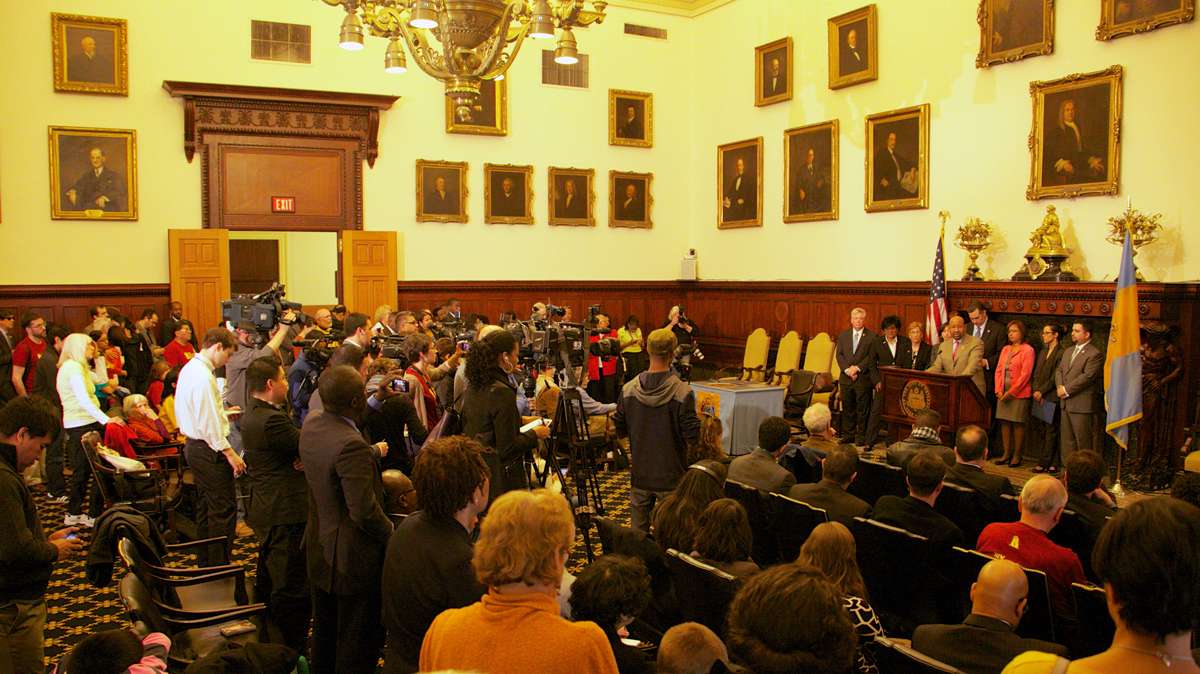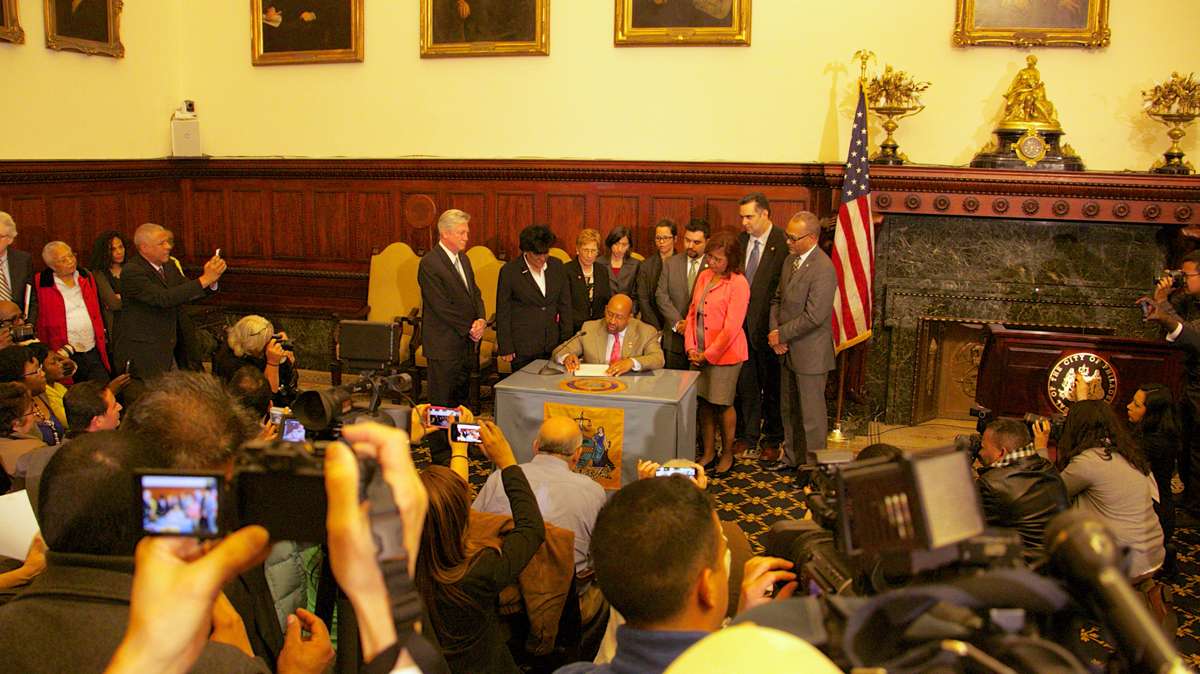5 reasons climate change will have you sneezing (and itching) more
When you think of the problems associated with climate change, rising sea levels and extreme weather come to mind, not a runny nose.
But scientists have been exploring the possible effects on allergies, and Jeffrey Demain, a professor at the University of Washington and Director of the Allergy, Asthma and Immunology Center of Alaska, says people should expect more frequent and more severe allergies if global warming continues.
He spoke recently at Nemours/Alfred I. duPont Hospital for Children in Delaware. Here’s a rundown of the reasons why increasing temperatures are likely to be problematic.
1. Say hello to more (and more potent) pollen.
The most obvious effect of rising carbon dioxide levels is on plants. They use the greenhouse gas as one of their food sources, so flooding the environment with it will mean faster plant growth. But while that might be positive in some cases for farmers, it also means significantly more pollen.
Demain said there’s even evidence that growing ragweed and birch trees with more carbon dioxide increases the amount of allergen, above and beyond the overall boost in plant growth.
2. The allergy season will be longer.
Warmer temperatures mean plants will bloom earlier, extending the allergy season.
3. Mold will have more to feast on.
More carbon dioxide will spur the growth of the types of food for some mold. In some cases, molds are also more allergenic as carbon dioxide levels rise.
4. Venomous insects will get a boost.
Demain has studied an increase in the number of allergic reactions to insect stings in Alaska, which is warming even more rapidly than the rest of the country. “The climate variables that correlated with the significant rise in people’s exposure — resulting in sting events — was increased temperature, primarily, and more importantly, increased winter temperature,” he says. Demain suspects the warmer weather makes it more likely for yellow jackets and other insects to survive the winter, reproduce, and sting people later in the year.
5. There will be more ground-level ozone, and possibly other air pollution.
“Bad” ozone is formed when nitrogen oxides and volatile organic compounds released from vehicles and factories react in sunlight, and is expected to increase as temperatures rise. The CDC anticipates that this type of ozone will become more problematic in many American cities. For asthmatics and others with respiratory diseases, these increases in pollution along with allergens are a double-whammy.
While much of the evidence consistently points toward worse allergies, most of the studies have been only correlational. Demain is the first to point out that seasonal variation will still occur (case in point: this year’s harsh winter), but he says the trends will be clear — even if your nose won’t be.
WHYY is your source for fact-based, in-depth journalism and information. As a nonprofit organization, we rely on financial support from readers like you. Please give today.





